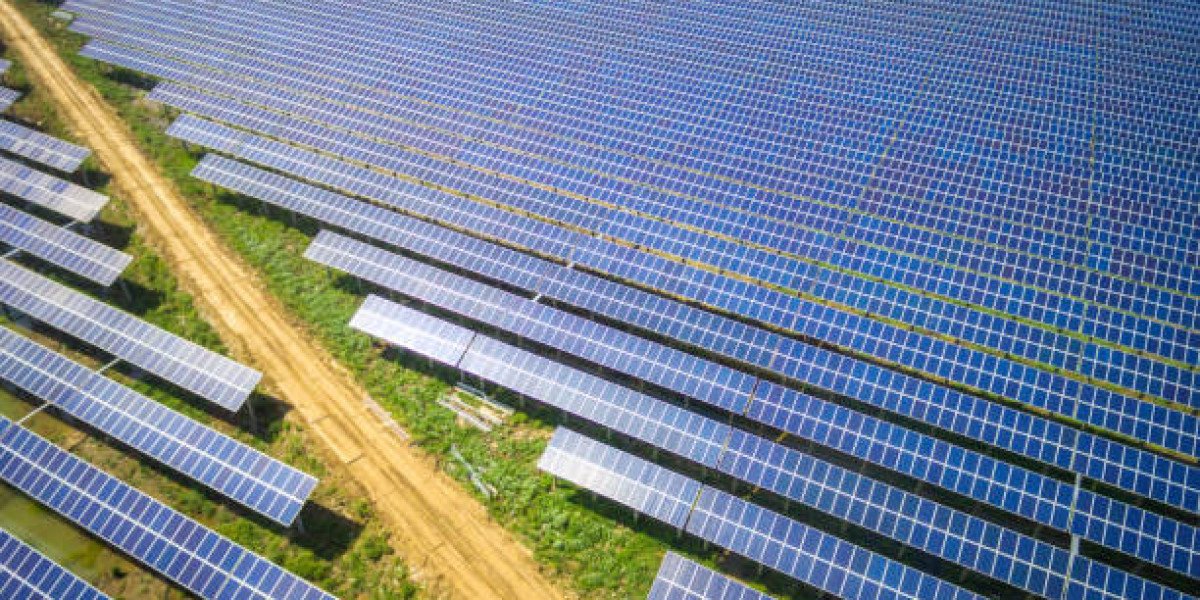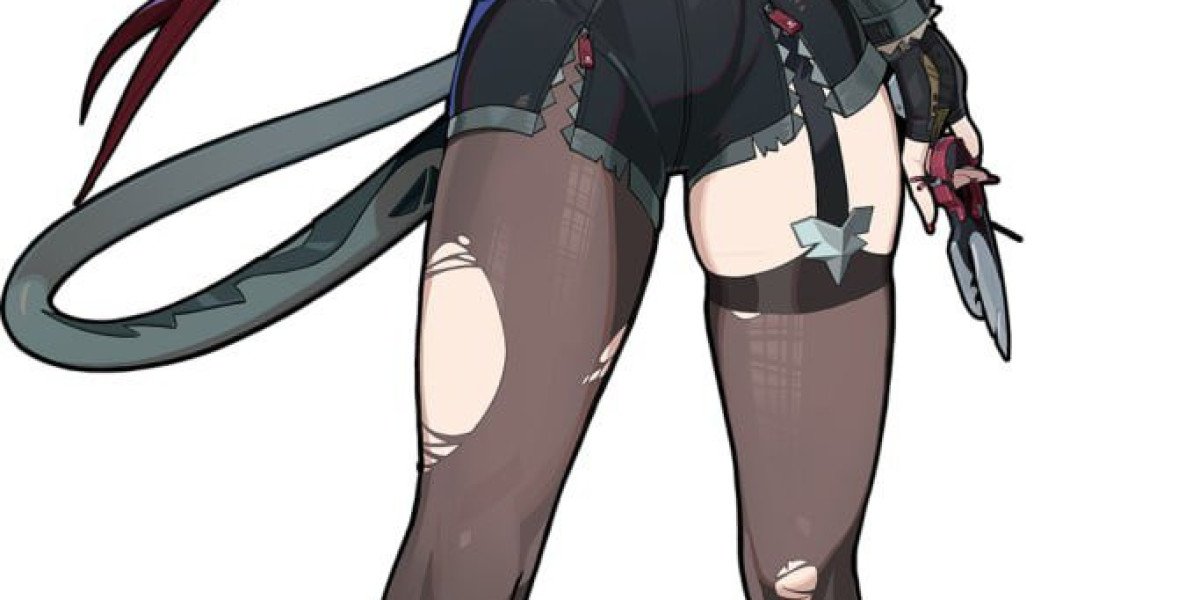Solar energy has become an increasingly popular source of renewable power for homes and businesses. At the heart of every solar energy system is the solar panel inverter, a crucial component that converts the direct current (DC) produced by solar panels into alternating current (AC) for use in homes and the electrical grid. Understanding the different types of solar inverters can help you make informed decisions when selecting the right system for your needs.
Types of Solar Inverters
String Inverters
String inverters are the most common type of solar panel inverter used in residential and small commercial solar energy systems. These inverters are typically installed on a wall and connected to a series, or "string," of solar panels. The panels are wired together in a sequence, and the combined DC power is sent to the string inverter, which then converts it into usable AC power. While string inverters are cost-effective and reliable, they can be less efficient in systems where individual panels may experience shading or varying performance levels, as the output is only as strong as the weakest panel.
Microinverters
Microinverters offer a more advanced solution by attaching a small inverter to each solar panel. This setup allows each panel to operate independently, optimizing the overall performance of the solar energy system. Microinverters are particularly beneficial in installations where shading or panel orientation might affect the performance of individual panels. Although microinverters can be more expensive upfront, they often result in higher energy yields and more efficient system monitoring.
Power Optimizers
Power optimizers are a hybrid solution that combines features of both string inverters and microinverters. Like microinverters, power optimizers are installed on each solar panel, but instead of converting DC to AC at the panel level, they condition the DC power before sending it to a centralized string inverter. This approach helps maximize the efficiency of each panel while still utilizing a single inverter. Power optimizers are a great choice for those looking to improve the efficiency of a string inverter system without the higher costs associated with microinverters.
Conclusion
Choosing the right solar panel inverter is essential for maximizing the efficiency and longevity of your solar energy system. Whether you opt for a string inverter, microinverter, or power optimizer, understanding the benefits and limitations of each type will help you make an informed decision that suits your specific energy needs. By selecting the appropriate solar inverter, you can ensure that your investment in solar energy yields the best possible returns.








